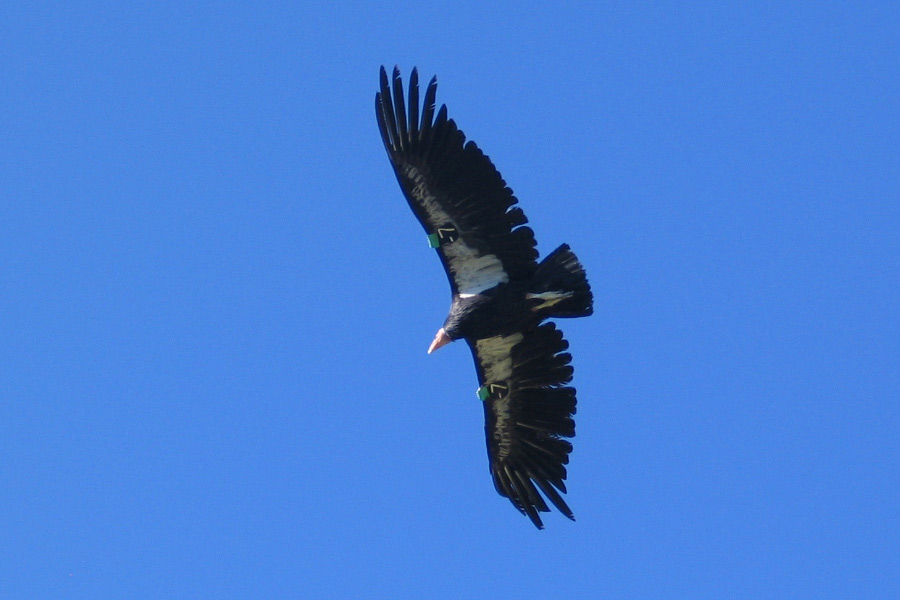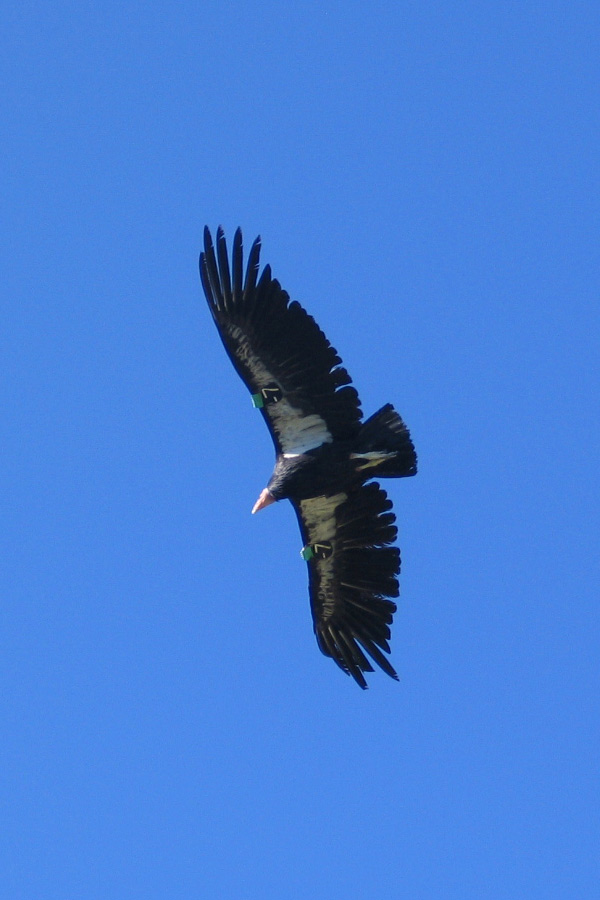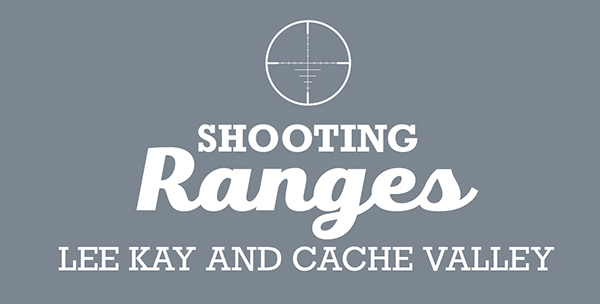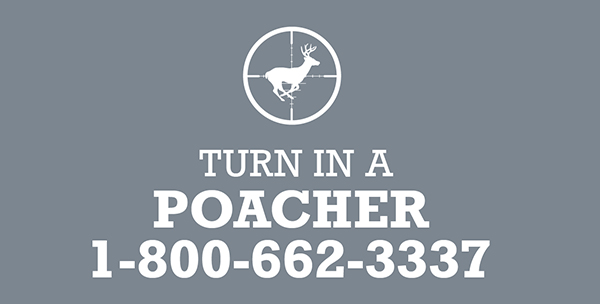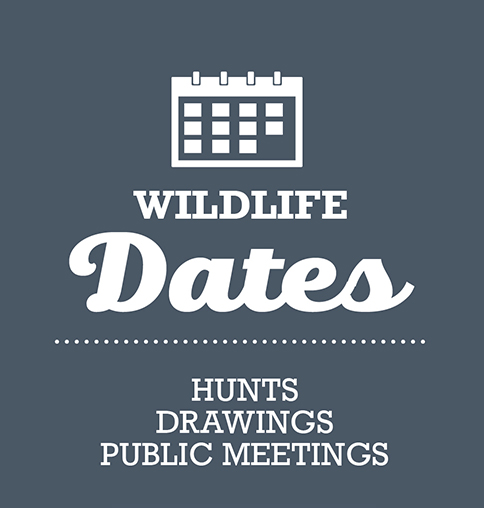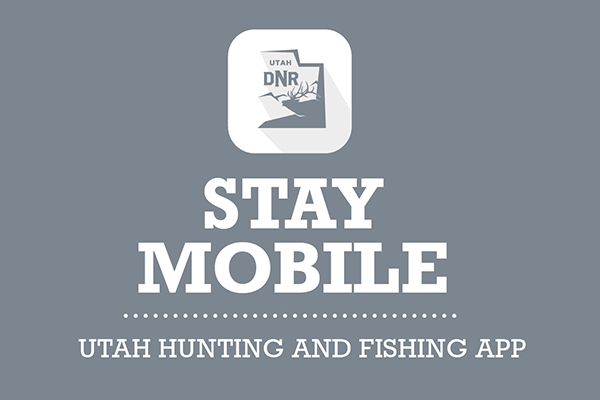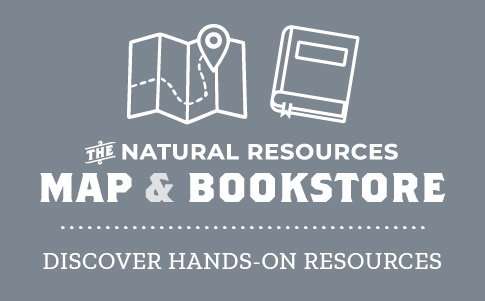Hunters helping endangered California condors in Utah with ongoing program
Salt Lake City — The Utah Division of Wildlife Resources and The Peregrine Fund are once again asking hunters in the Zion hunting unit to stop at check stations where they can demonstrate their efforts to help California condors and enter to win a prize.
During October, the DWR operates check stations where hunters who take actions to help condors can enter to win one of five $800 gift cards donated by The Peregrine Fund for outdoor equipment. After stopping at a check station, big game hunters must either show the non-lead ammunition they used during their hunts or provide proof they removed all the remains of their harvested animals from the field.
The Hunters Helping Condors program launched in Utah in 2011 to help recover these enormous birds. California condors were listed in 1967 under the precursor to the Endangered Species Act, and by 1982, only 23 were left in the world (one of which was in captivity). Due to the steep decline of the population, the remaining wild condors were captured and held in captivity for safekeeping, which gave rise to a tremendously successful captive breeding program that has allowed for reintroduction of the endangered birds back to the wild. The population now numbers more than 500 birds, with over half of those flying free in the wild. There are currently 95 condors in the wild Arizona/Utah population. This collaborative effort demonstrates one of the ways that hunters are leading the way in wildlife conservation.
The highly pathogenic avian flu outbreak also impacted condors earlier this year, and 21 died in the Arizona/Utah population. However, the U.S. Fish and Wildlife Service and multiple state agencies — along with federal and non-profit partners — have joined together to help the birds and are currently conducting vaccine trials.
"Lead poisoning is the leading cause of death for free-flying condors in Utah and Arizona," DWR Avian Conservation Program Coordinator Russell Norvell said. "The primary source of that lead is the remains of shot animals, a common meal for condors and other scavenging wildlife. The Hunters Helping Condors program is helping to reduce lead exposure, which is helping in the recovery of these unique birds that play an important role in the ecosystem."
Prior to each hunting season, the DWR issues a coupon to hunters who draw an any-legal weapon big game permit for the Zion Unit in southern Utah, where California condors can be found. That coupon allows the hunters to obtain free, or heavily discounted, non-lead ammunition.
Check stations are in place at the following locations and will be open from 11 a.m. to dusk on the following dates:
- The intersection of Yellowjacket Road and Hancock Road. (This site is approximately 3.25 miles north of the entrance to Coral Pink Sand Dunes State Park.) This checkpoint will be open on Oct. 11, 14–15, 21–24 and 28–29.
- On State Route 14 in Cedar Canyon (east of Cedar City, approximately half a mile east of Canyon Park and ¾-mile west of Rusty's Ranch House). This checkpoint will be open on Oct. 11, 14–15, 21–24 and 28–29.
"We greatly appreciate all our partners in this program and all the hunters who make an effort to assist in the conservation of this incredible species," Norvell said.


